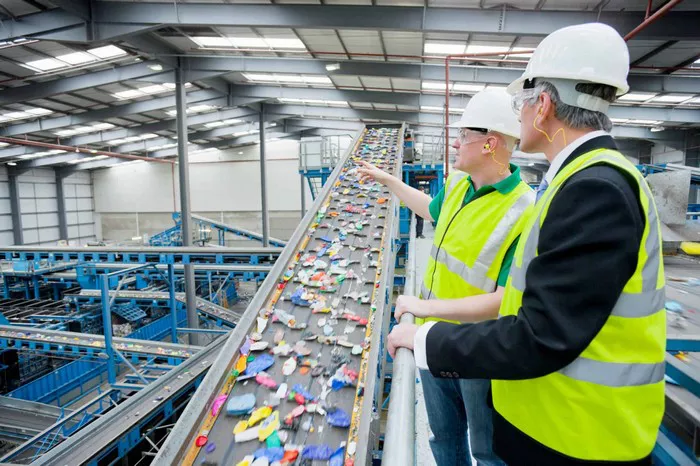Brazil’s exports of machinery and equipment to the United Arab Emirates skyrocketed by 400% in January 2025 compared to the same month last year, increasing from USD 4 million to USD 23 million. This surge was highlighted during an online press conference by the Brazilian Machinery and Equipment Industry Association (Abimaq) on Wednesday, February 26.
However, despite the dramatic growth in sales to the UAE, the overall export performance of the machinery sector showed a downturn. Abimaq reported that Brazil exported USD 818.3 million worth of machinery in January, marking a decline of 22.3% compared to January 2024 and a 25.5% drop from December 2024. The most significant decreases were noted in shipments to Mexico and the United States.
Patrícia Gomes, Abimaq’s Executive Director of Foreign Markets, said the association is currently investigating the factors behind the drop in exports and whether the trend will persist throughout the year. While she acknowledged various possible reasons, Gomes dismissed the possibility that U.S. steel tariffs under former President Trump were a significant factor.
“We’ve also considered the impact of the auditors’ strike, intensified by the Federal Revenue Service, which may have led to delays in clearance processes, affecting both imports and exports. We’re closely monitoring the situation to determine whether this trend continues,” Gomes explained. “We hope it’s just a one-off for January,” she added.
Revenue Growth for Brazilian Machinery Sector
Despite the decline in exports, Brazil’s machinery and equipment sector saw a positive growth in total revenue. January’s revenue reached BRL 20.49 billion (USD 3.55 billion), a 19.5% year-over-year increase, driven by stronger sales in consumer goods machinery, renewable energy equipment, and the oil sector. Abimaq attributed these positive numbers to a recovery after a period of weak performance in previous years.
Rising Imports Raise Concerns
Imports of machinery also rose sharply in January, with a 19.3% increase compared to the previous year, totaling USD 2.7 billion. This marked the highest amount for imports in any January on record. China remained the largest source of machinery imports, accounting for 35.7%, followed by Germany (14.1%), the U.S. (13.3%), Italy (6.5%), Japan (3.3%), and South Korea (1.3%).
Gomes expressed concern over the rise in imports, noting that it signals a loss of competitiveness within Brazil’s machinery sector, a challenge that may be difficult to reverse. “This increase in imports suggests that the industry is facing increasing competition, and regaining market share will be challenging,” she remarked.
Agricultural Machinery Sees Growth
In contrast, Brazil’s agricultural machinery sector recorded a 23.3% increase in sales in January, reaching BRL 4.2 billion (USD 727 million). Pedro Estevão, president of the Agricultural Machinery and Implements Sector Chamber at Abimaq, attributed the growth to a relatively weak comparison base in January 2024, which was heavily impacted by droughts and uncertainties in the agribusiness sector.
Looking ahead, Abimaq expects agricultural machinery exports to grow by around 8% in 2025, driven by improved market conditions.

